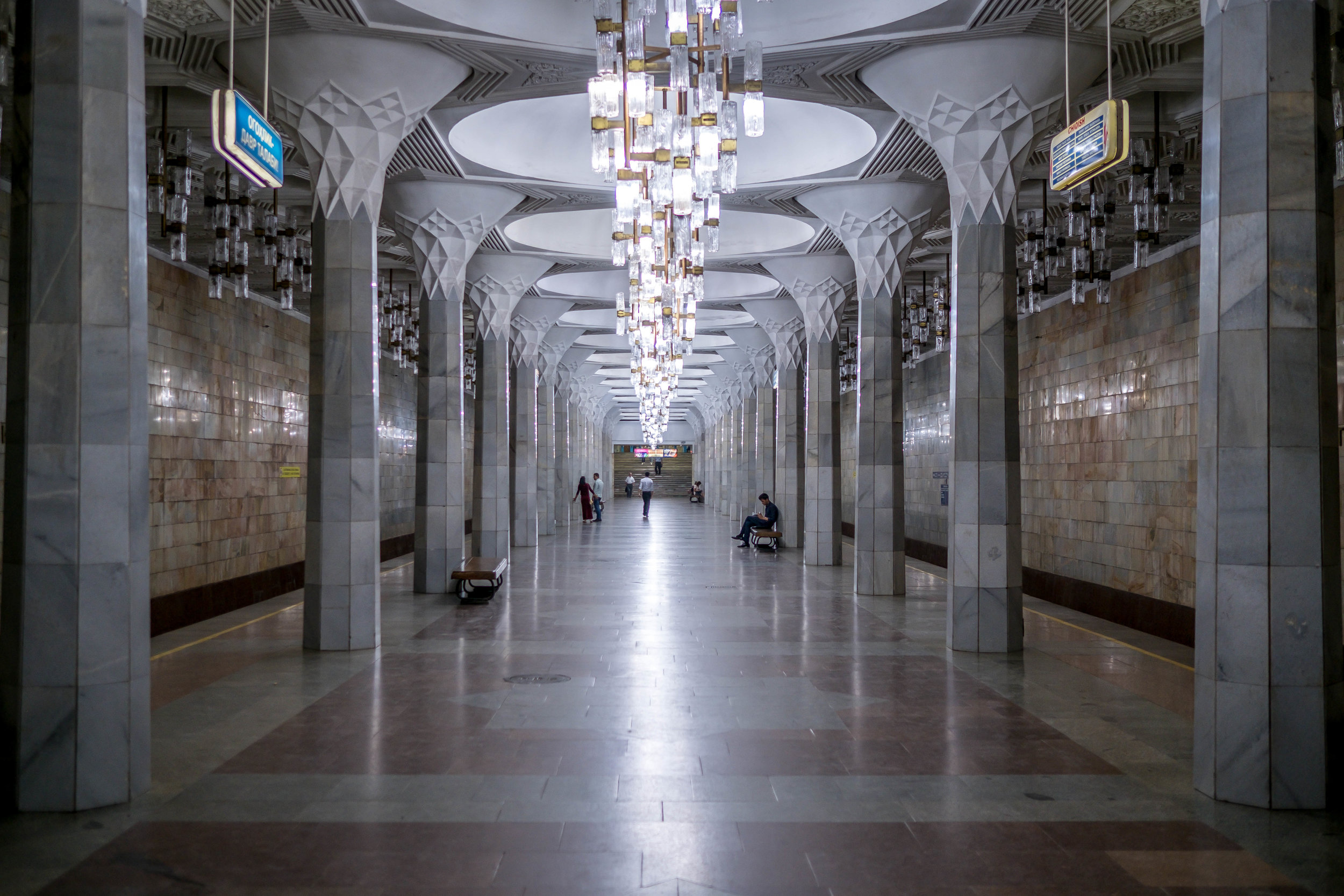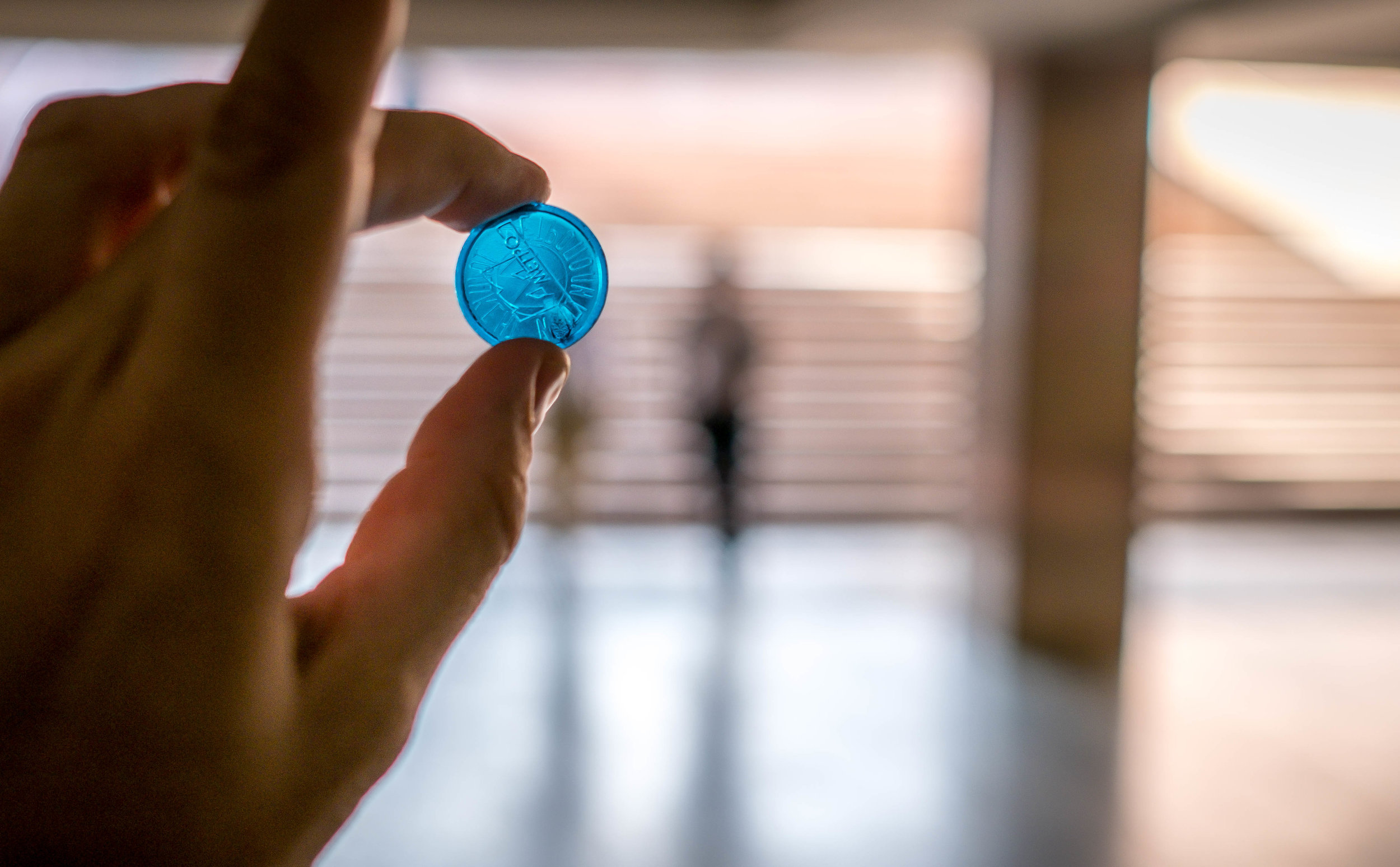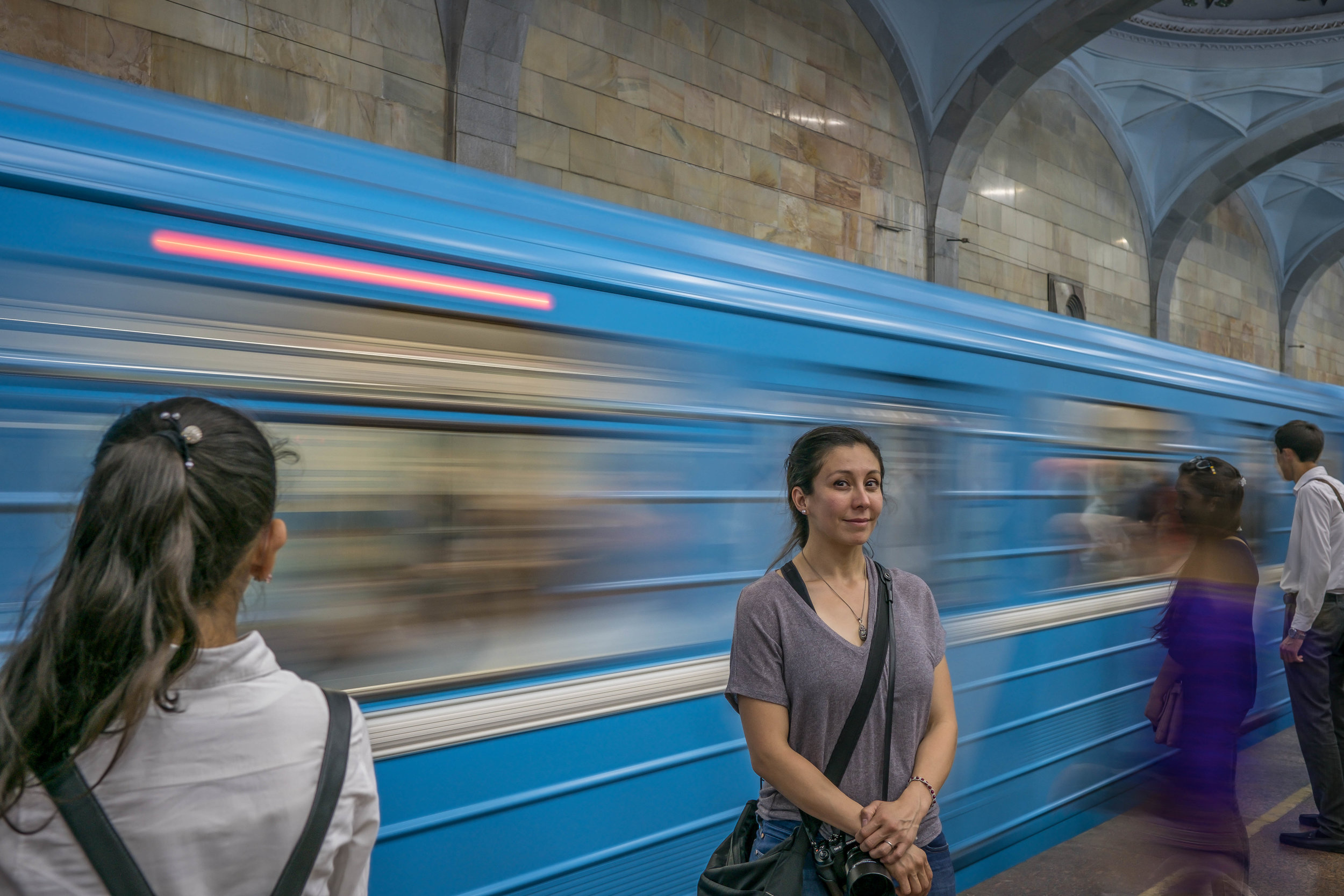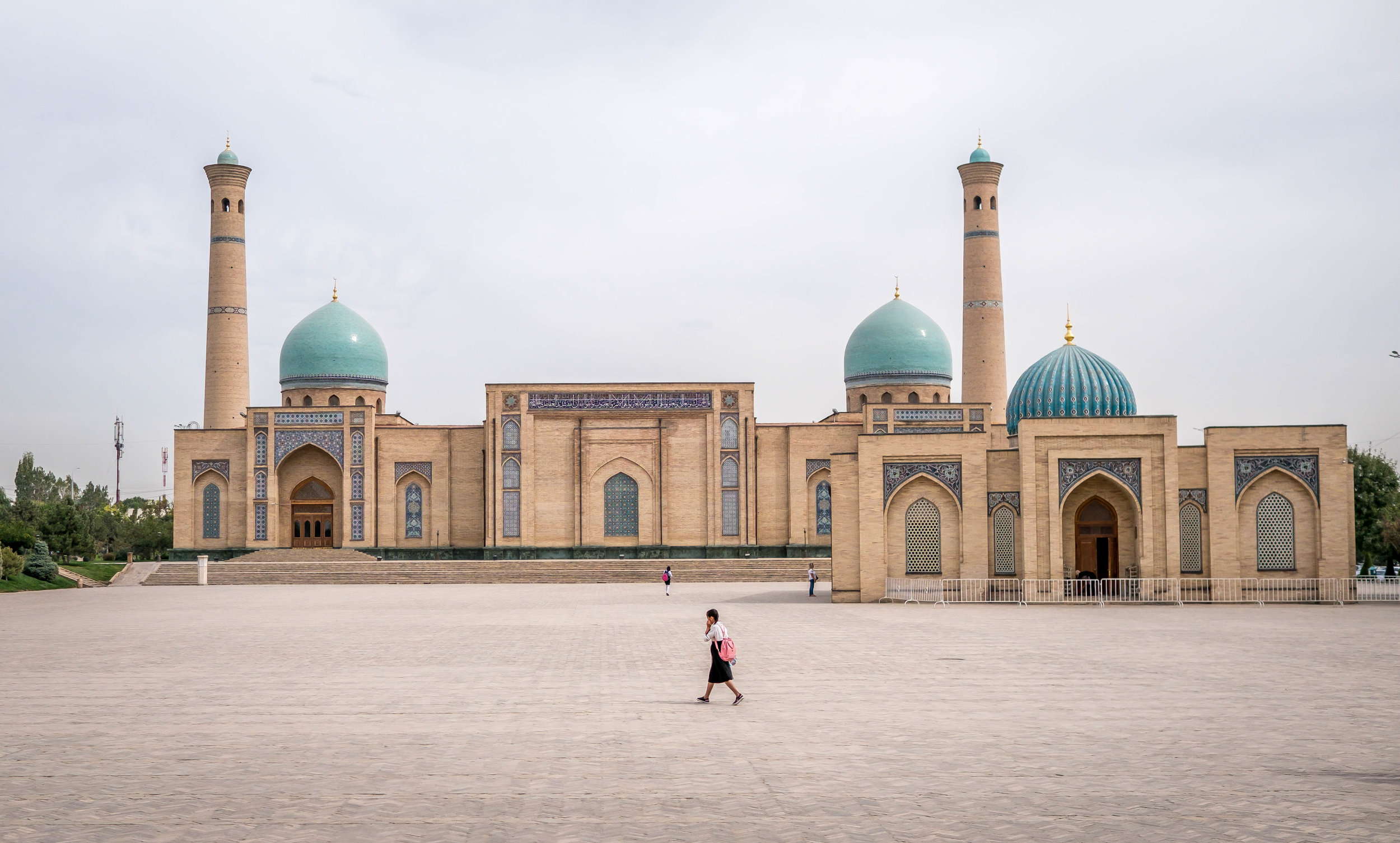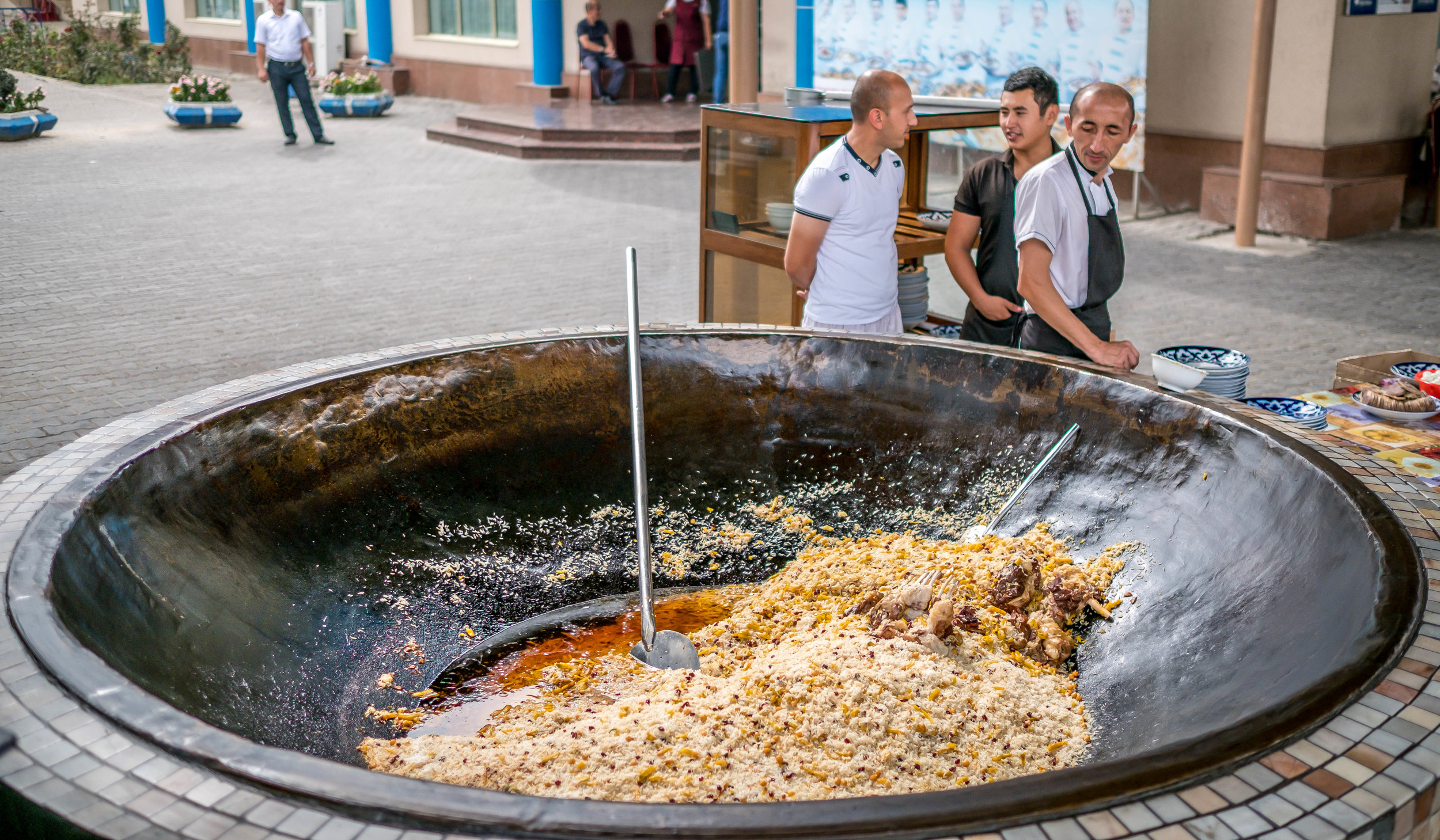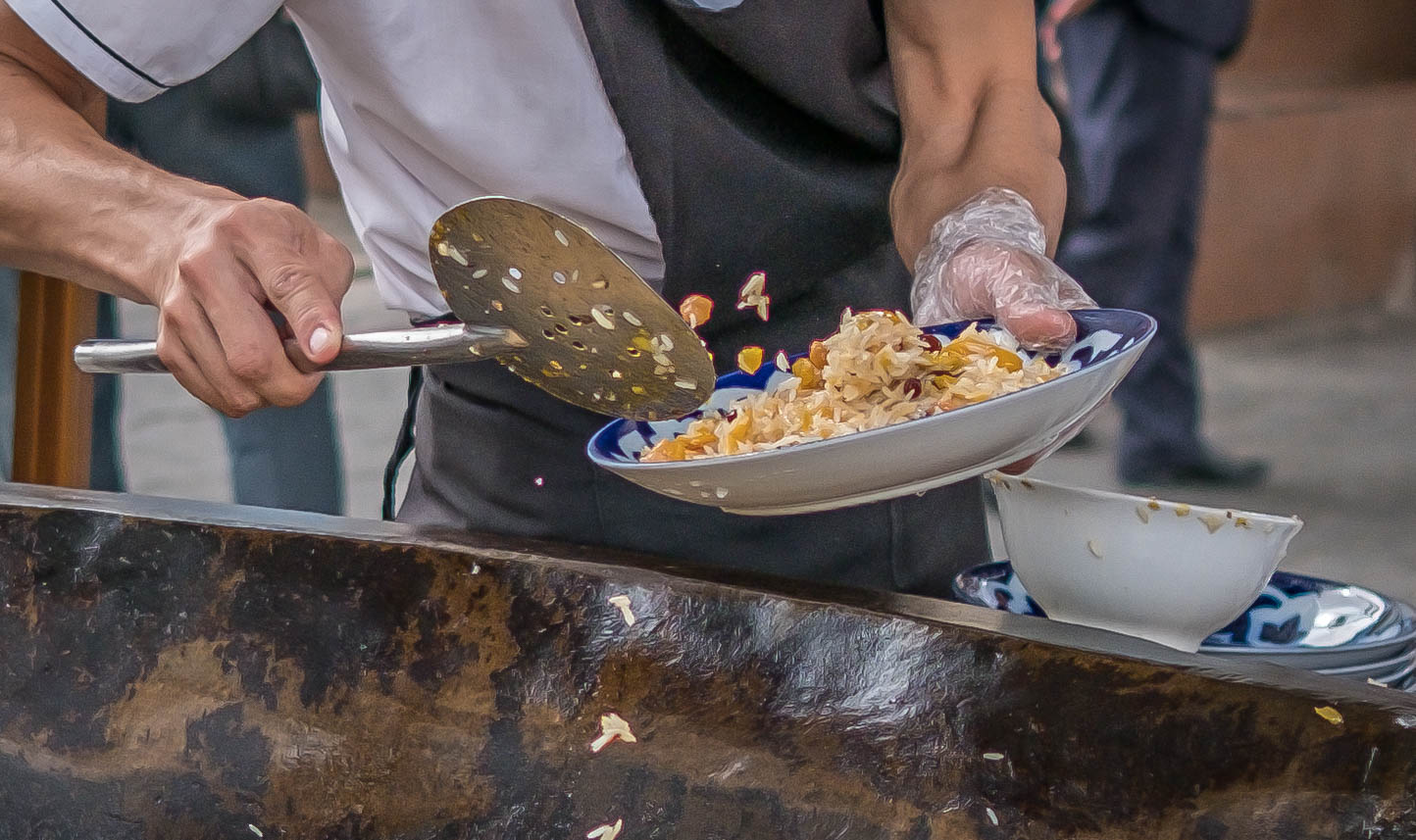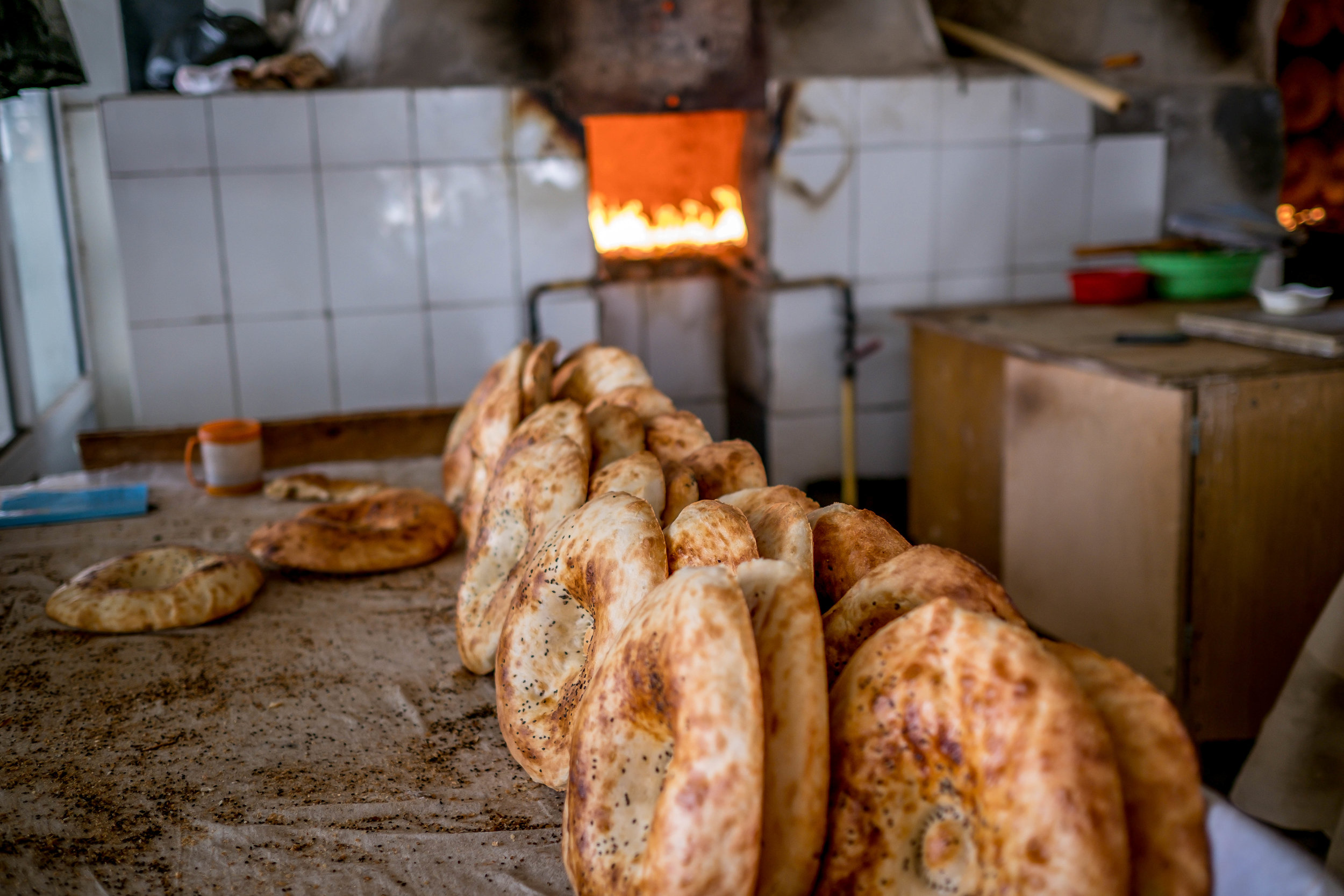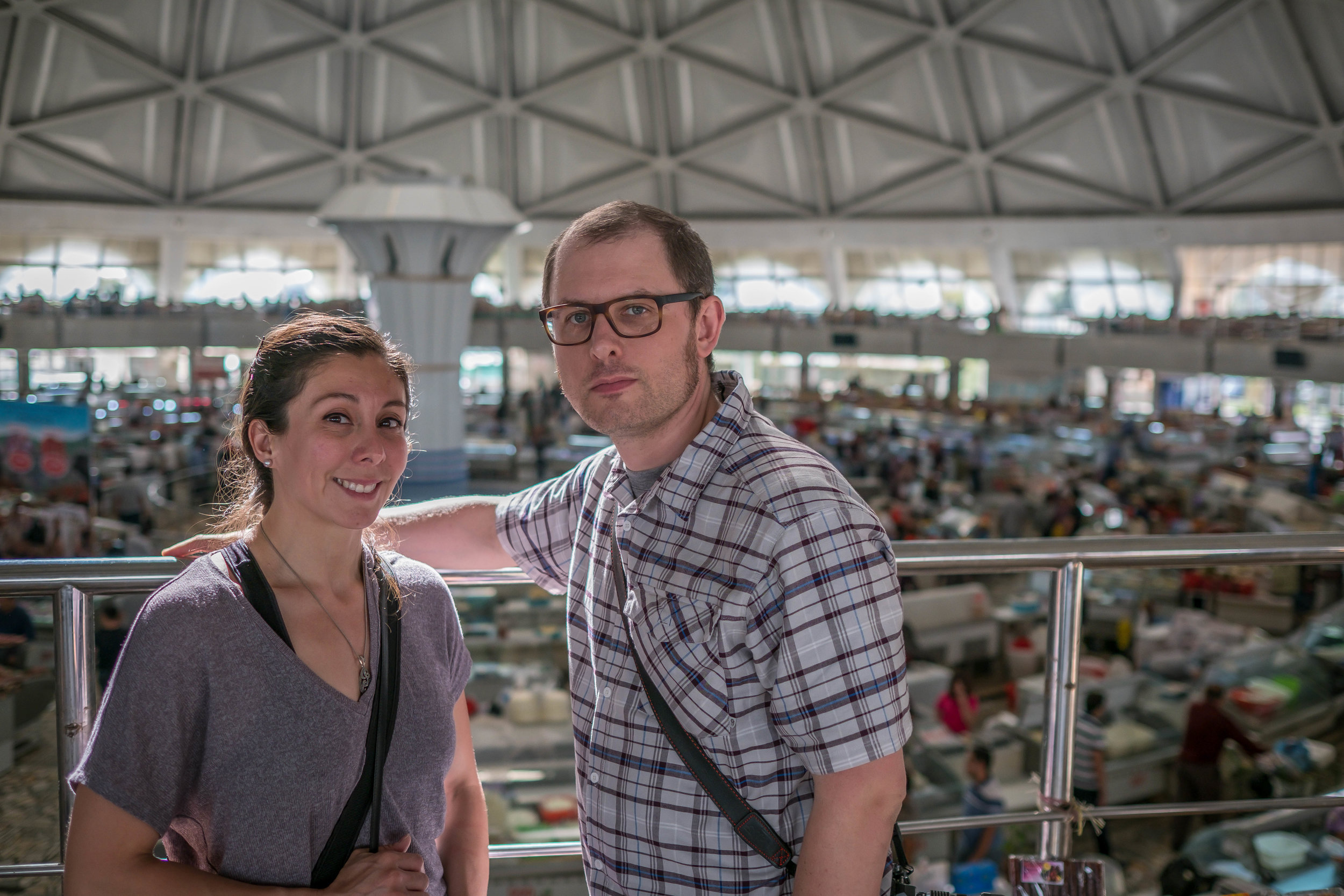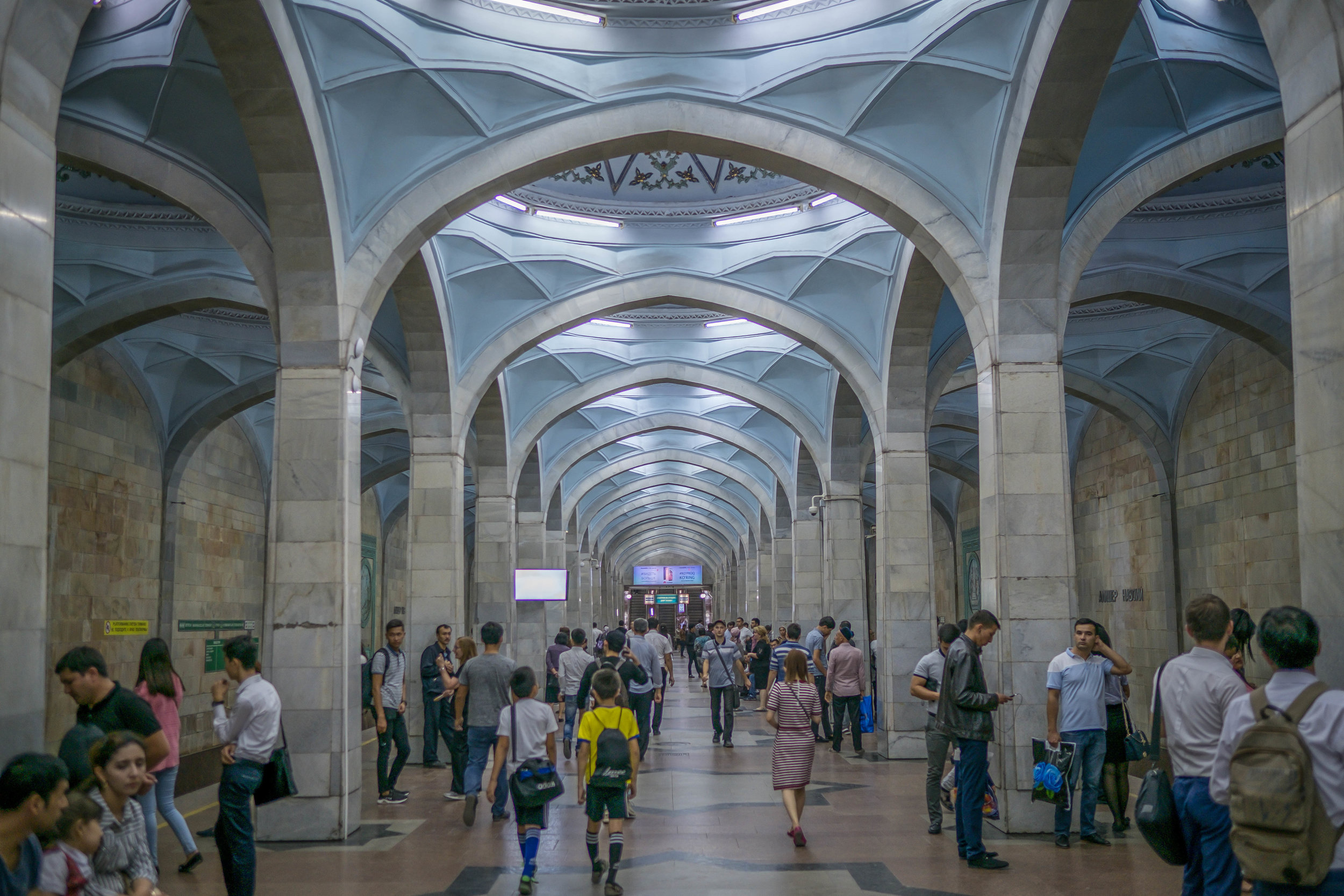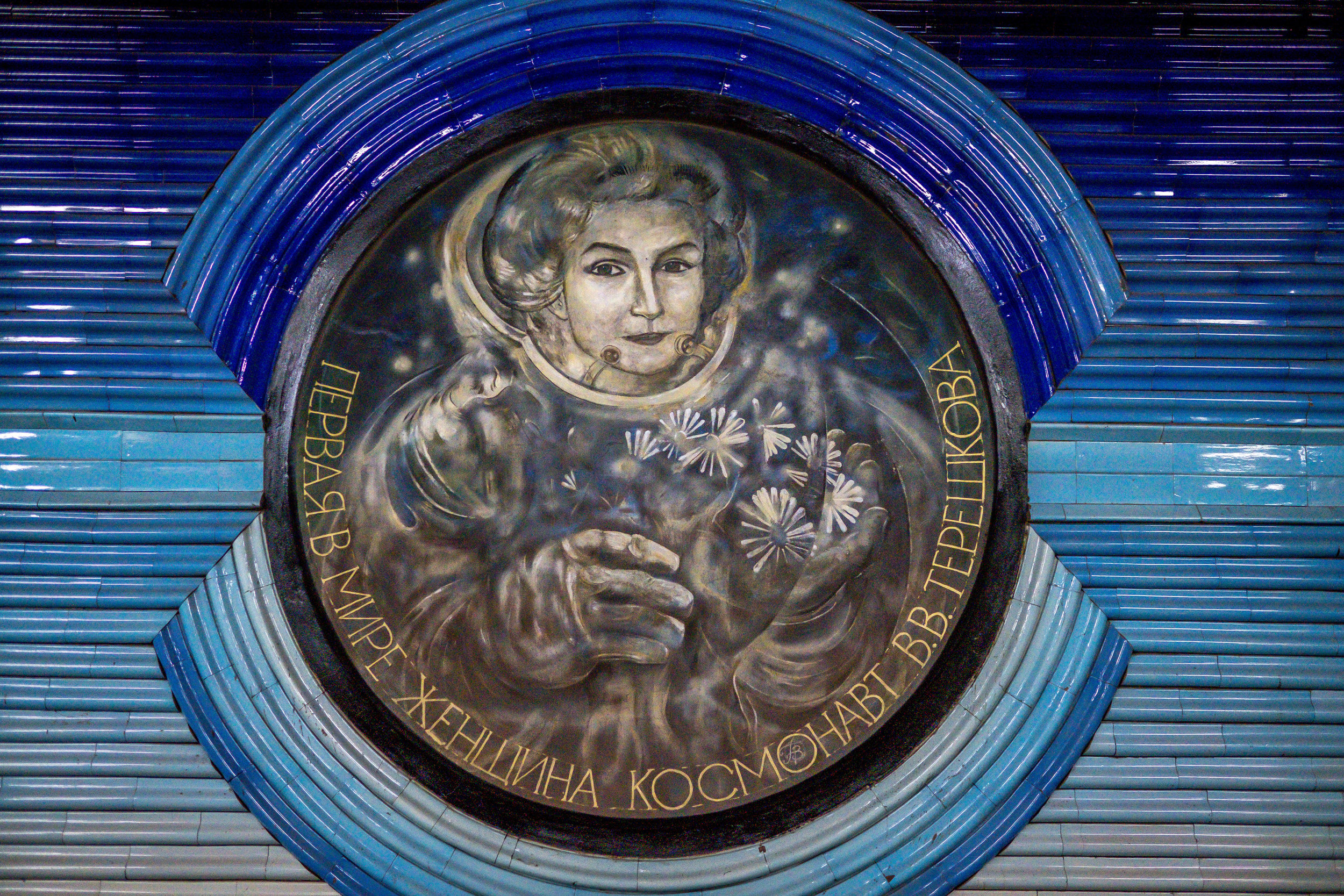The Cosmopolitan Police State
Uzbekistan and the Silk Road. Part Four of a Five Country Central Asia Tour.
Uzbekistan is in many ways the most sophisticated of the stans, less freewheeling than Kazakhstan and more buttoned up than all but Turkmenistan. By buttoned up, I mean it’s a heavy handed police state that’s been accused of using brutal measures to control its population. The government maintains tight control over everyday life, including information via control of the Internet and media. Aside from limited or spotty Internet, and a fairly heavy ‘tourist’ police presence, it’s mostly an inconvenience for the average tourist who’s here to tour the Silk Road. Travelers are still required to keep documentation of where you have stayed in the country, and provide it to the next place you’re going to visit. Your passport quickly gets filled up with these little slips of pointless paper that we were nevertheless still worried about losing. For the most part though it’s a pleasant, if a little bland, country to visit.
Po-I-Kalyan in Bukhara
Living here full time would be a different story. The government justifies the tight control it keeps on daily life partly on the chaos in Afghanistan, which it shares a border with, and the ongoing battle with militant Islam. While most people in the country are muslim, it’s very liberal and is in an ongoing battle to curb extreme Islam. Whether the harsh tactics reduce, or encourage, extremism is an open question. Despite all this, Uzbekistan was one of the more charming countries on this trip. It’s one of those places you read about how nice the people are (which is usually totally crap, by the way, just a filler line in the guide book), but here it’s actually true. Petty and violent crime is incredibly rare. The streets are clean, the lawns tidy. On a walk through the market, vendors will offer you samples of what they are selling, but don’t hassle you if you’re not interesting in buying. People moved aside and offer you a seat on the Metro. Little kids say hello and try to practice their English, while college age students offer to buy you ice-cream just to chat. We stayed at several smaller hotels and the hospitality was over the top there too. Want to sit outside, work on your blog, and just have a cup of tea in the courtyard? Before you know it you’re surrounded by food; grapes, walnuts, sweet snacks and savory, even more tea. It’s almost too much, but it all felt genuine.
The Silk Road, with all of its fascinating, bloody history, once coursed through Uzbekistan - as it did with all of Central Asia - and with it, tales of intrigue, spies, and scientific discovery. Kingdoms rising from the desert, only to vanish back into it. But, before I go on, we have to talk about cotton.
Yes, fucking cotton.
Just for a minute. I know it sounds boring, but I assure you it’s a critical and fascinating part of the Uzbeki (and all of Central Asia, really) story. In the mid -1800’s, The U.S. was one of the primary exporters for the world cotton market. When the American Civil War in the 1860’s rocked the supply, Russia, who was dependant on imports, decided to farm (read: force people to farm) it across Central Asia. Farming meant Russian had to convince the traditionally nomadic, notoriously cantankerous, and occasionally fur-capped people to stay put for a change. Which they eventually did, with all the nuanced, sensitive, and thoughtful social planning you would expect.
This dramatically changed the region, and not just the way people lived, but the land itself. Cotton is not only a labor-intensive crop, but also a voracious consumer of resources. Water, basically. The arid, desert-rich region has little to spare. This, combined with totalitarian land-management polices (not letting people rotate crops, or decide what to grow, or when, or how) lead to decreasing crop yields over the many years. Lower crop yields means less profit, which means the ‘white gold’ stuffs the state coffers with less and less real gold.
Why bring this up? Because you can’t really understand how truly oppressive the Uzbekistan regime is without also knowing that is forces its people (everyone from laborers, to nurses and doctors, even children) to hit the fields every fall to harvest it. By hand, since they can’t afford machines. Without pay. Thanks to international pressure, they finally banned children under 16 from picking, but the forced labor continues today. You pass plenty of these fields if you ever come to visit, but maybe by the time you are there the practice will have ended, but I wouldn’t bet on it.
Okay, all caught up? Then let’s begin!
After an uneventful border crossing at the Oybek border point, we transited to the capital, Tashkent. It’s another stop on what Mike called the Pensioner Pilaf Trail. The average age of the other tourists we see is probably over 65, and we speculated on why. I think it’s partly because Central Asia doesn’t exactly appeal to younger travelers, who may be more interested in nightlife, partying, and more traditional adventure spots than history. It’s not exactly exotic either, being mostly desert, mountains, and post-Soviet architecture. I also think it because a lot of these older tourists have already been to the more common places, and are checking these countries out later in life. Whatever the reason, the Silk Road if filled with older adventurers, complete with hiking poles, wide brim hats, and various bandages from falls or other accidents. Head bandages were common as a lot of doors here, modern and ancient alike, are quite low. It’s not the first place I would pick to visit when I get to be that age, but I do applaud them for getting after it.
Pensioners on Parade
Tashkent is a metropolitan city, the most populated one in Central Asia, with the cleanest metro system I’ve ever seen outside of Japan. Photos and video were banned up until July of this year since the metro was also used as a bomb shelter, but since that rule was lifted, we had the opportunity to snap away. Much of the metro infrastructure was still Soviet era original, but meticulously maintained to an unbelievable degree, so it looks and feels unintentionally retro-futuristic. It’s gorgeous, and absolutely worth spending time in.
We mosque-hopped from one city to another, leaving first to the famed city of Samarkand on a high-speed train and ending in Bukhara. Each city seems to compete with the others for the title of Most History Stuff Happened Here, and the stories and sites are great. Uzbekistan has an interesting philosophy towards ruins and historical sites though: they rebuild them. That mosque that dates from 1400’s? It been rebuilt, and probably in the last thirty years. Probably in the last five years. They still look great, very impressive, lots of stone and tile and yada yada yada. But it loses something when the ‘ancient’ site boasts brand-spanking reconstruction in 2017. And I know, much of the region was shaken to dust in a horrible 1940’s earthquake, so I get the argument for restoring many of these sites, but I still think history would be better served by letting (most) of the remains just be. Turkmenistan has preserved many of these sites just this way.
We continued to sample the local plov -pilaf- despite the fact that I’m getting SICK OF IT at this point. It’s not that it’s bad – it’s actually the best we have had here in Tashkent by far- but my god I’m ready for something else. Something good. Guidebooks will tell you this region isn’t a destination for foodies, but I would say it’s not a destination for anyone with functioning taste buds. It’s a culinary wasteland. You really have to start to dig deep to appreciate the differences between the kabobs in Bishkek versus the ones in Almaty versus the ones in Dushanbe. I quipped at one point that the best meal I had the entire trip was a Snickers bar in one of the airports, and that wasn’t too far from the truth. I know it sounds harsh, and we did have perfectly adequate meals, but absolutely nothing inspired. On a desperate search for something tasty one night, we stopped by a place that seemed to offer ice-cream and hotdogs. The ice-cream was pretty close to actual soft serve, but Mikes banana/kiwi swirl tasted like pure toxic waste - which of course he loved. The hot dog was more of a reimagining of a hot dog by someone who has never actually seen one. Served in pita bread, with mayonnaise, ketchup, carrots, pickles, beets, something that resembled lunchmeat, and god only knows what else. I called it a wet sausage pita salad bread bowl. Mike called it delicious.
Speaking of inspired, our guide, Tohir – who was great, and a consummate professional – had progressively more inspired pronunciations of my name. It started good with Gregory, then went on to ‘Greokory’ then ‘Greyccup’ “Greccia” and occasionally ‘Joccupry’. Tohir spoke great English, which only made things funnier.
We are all getting more than a little beat up by this trip at this point, but we are ready to head to our next stop; Turkmenistan. This is another overland border crossing, hopefully it will be smooth.
How we got there: Overland border crossing via Oybek crossing. Pretty straightforward and smooth.
Where we stayed: Ramada Hotel in Tashkent. The most two star-like four star hotel you will ever stay in. Worn down would be an understatement.
Rabat Hotel in Samarkand. Great little boutique hotel.
Amulet Hotel in Bukhara. Another great little hotel and also a former madresah.
What we did: Chorsu Bazaar, Khast-Imam Square, Barak-Khan Madrasah, Kafel-al-Shashi Mausoleum, Kukeldash Madrasah, Independent Square, Amir Timur Square. In Samarkand, which we got to via the Afrosiab highspeed train, we did: Registan Square, the Ulugbek Observatory, Bukhara we shopped a bit, saw the sites around the old town, the Ismail Samani Mausoleum, Bolo Khauz Mosque.




